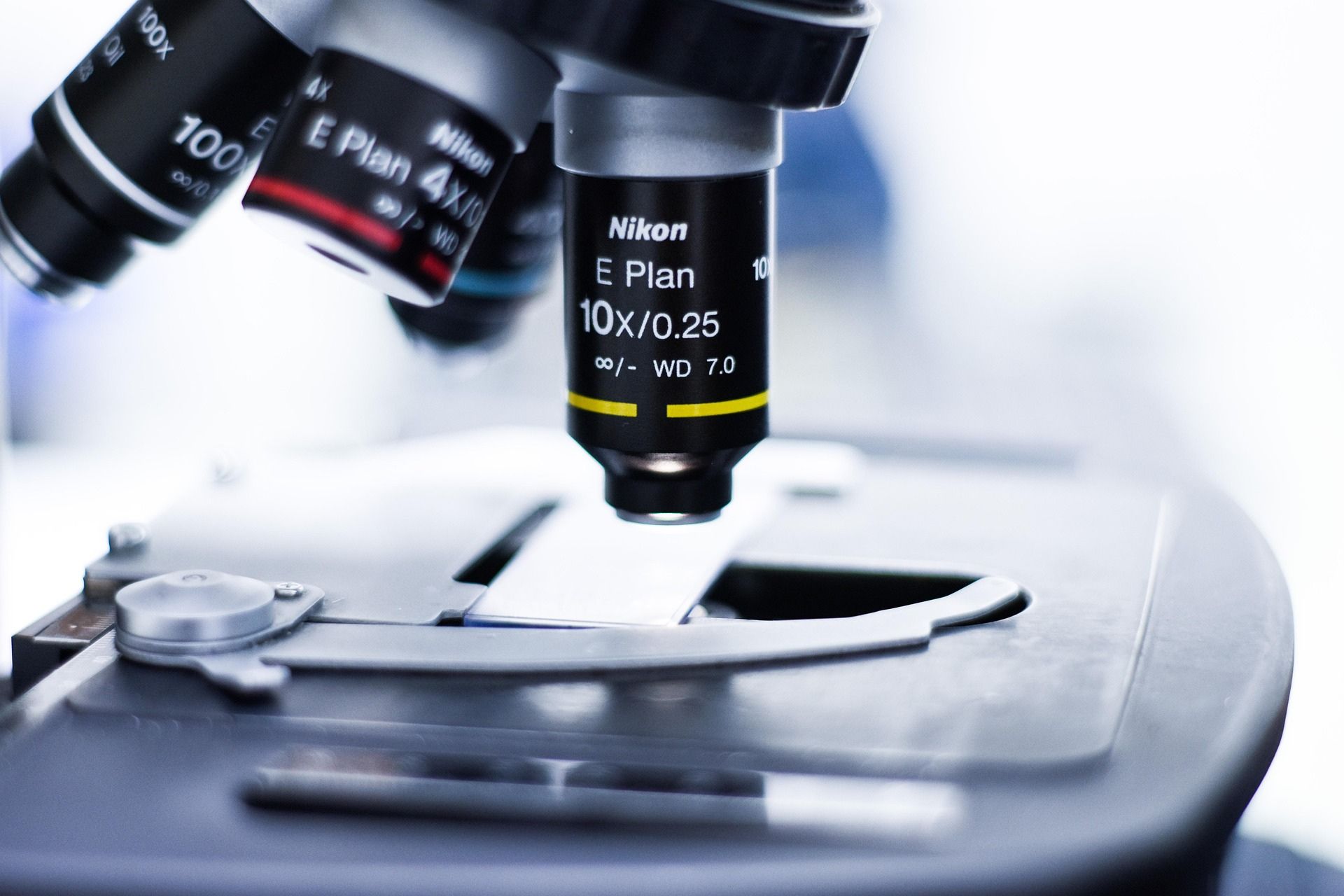KH chemistry, often referred to as carbonate hardness chemistry, is a fundamental aspect of water chemistry, especially in environmental science, aquarium management, and industrial applications. KH chemistry plays a pivotal role in determining the buffering capacity of water, helping to stabilize pH levels and prevent harmful fluctuations. This essential property ensures the health of aquatic life and supports various chemical processes. Understanding KH chemistry is crucial for anyone dealing with water treatment, aquariums, or ecological studies.
What is KH Chemistry?
KH chemistry, also known as carbonate hardness chemistry, refers to the concentration of carbonate (CO₃²⁻) and bicarbonate (HCO₃⁻) ions in water. These ions act as buffers, preventing rapid changes in pH by neutralizing acids and bases. KH chemistry is measured in degrees of carbonate hardness (dKH) or parts per million (ppm).
KH chemistry differs from general hardness (GH), which measures calcium and magnesium ions. While GH impacts the mineral content of water, K-H chemistry specifically addresses pH stability. Proper understanding of KH chemistry is key for various scientific, environmental, and practical applications.
The Importance of KH Chemistry in Aquatic Systems
KH Chemistry and pH Stability
One of the primary reasons K-H chemistry is vital in aquatic systems is its role in stabilizing pH levels. In aquariums or natural bodies of water, pH fluctuations can be harmful or even fatal to aquatic life. KH chemistry ensures that water resists sudden pH changes, providing a safer environment for fish, plants, and microorganisms.
KH Chemistry in Aquarium Maintenance
Aquarists must monitor K-H chemistry to maintain healthy aquarium ecosystems. A stable KH helps protect aquatic life from harmful pH swings caused by biological processes such as respiration and waste decomposition. By understanding and adjusting K-H chemistry, aquarists can create a stable, thriving environment for freshwater and marine species.
KH Chemistry in Environmental Studies
Water Quality and K-H Chemistry
In environmental science, K-H chemistry is a critical factor in assessing water quality. The buffering capacity provided by K-H chemistry protects aquatic ecosystems from acid rain, pollution, and other environmental threats. Scientists use K-H chemistry measurements to monitor the health of lakes, rivers, and oceans, ensuring that aquatic habitats remain balanced and sustainable.
KH Chemistry and Acid Rain
Acid rain is a serious environmental concern that can drastically lower the pH of water bodies. K-H chemistry acts as a natural defense mechanism by neutralizing excess acids. Waters with higher chemistry are more resilient to acidification, highlighting the importance of maintaining healthy carbonate levels in natural ecosystems.
Industrial Applications of KH Chemistry
Water treatment facilities rely on chemistry to ensure the safety and stability of drinking water supplies. Proper K-H chemistry adjustments help prevent pipe corrosion, maintain pH levels, and optimize chemical treatment processes. By controlling K-H chemistry, treatment plants can enhance water quality and protect public health.
K-H Chemistry in Brewing and Agriculture
In brewing, chemistry influences the taste and quality of beer by affecting mash pH during the brewing process. Brewers often adjust KH to achieve desired flavor profiles. In agriculture, KH impacts soil pH and nutrient availability, making it essential for effective crop management and irrigation planning.
How to Measure and Adjust KH Chemistry
Testing K-H Chemistry
Chemistry is typically tested using liquid test kits or test strips designed for aquarium or water treatment use. These kits measure the carbonate hardness in degrees (dKH) or ppm. Regular monitoring of chemistry ensures that water remains within safe and effective ranges for its intended use.
Adjusting K-H Chemistry
To increase KH, substances like baking soda (sodium bicarbonate) or commercial KH buffers are commonly used. Reducing chemistry is more challenging and may require dilution with softer water or specialized chemical treatments. Understanding KH adjustment methods is crucial for aquarium enthusiasts, environmental scientists, and industrial operators.
Common Misconceptions
KH Chem-istry vs. General Hardness (GH)
A frequent misunderstanding is confusing chemistry with general hardness (GH). While both relate to water hardness, GH refers to dissolved calcium and magnesium ions, while K-H chemistry specifically measures carbonate and bicarbonate ions. Each plays a different role in water chemistry management.
KH Chem-istry Does Not Directly Control pH
Another misconception is that K-H chemistry directly controls pH levels. Instead, KH stabilizes pH by buffering against sudden changes. High chemistry does not necessarily mean high pH but rather increased resistance to pH fluctuations.
Conclusion
KH chemistry is a vital component of water chemistry, influencing pH stability, environmental health, and various industrial processes. Whether you’re an aquarium hobbyist, environmental scientist, or water treatment professional, understanding chemistry is essential for maintaining balanced water systems.
From protecting aquatic life to enhancing industrial applications, K-H chemistry remains a key factor in ensuring water quality and environmental sustainability. By mastering the principles of chemistry, you can make informed decisions that promote healthier ecosystems and improve water management practices.
